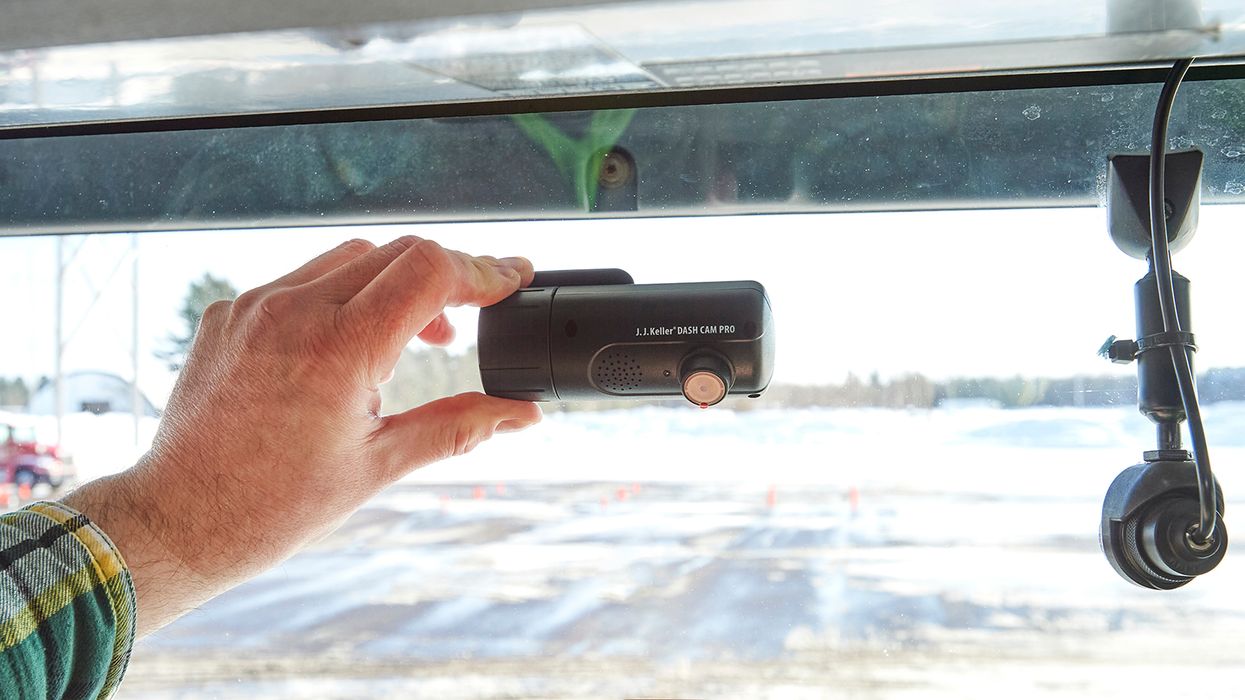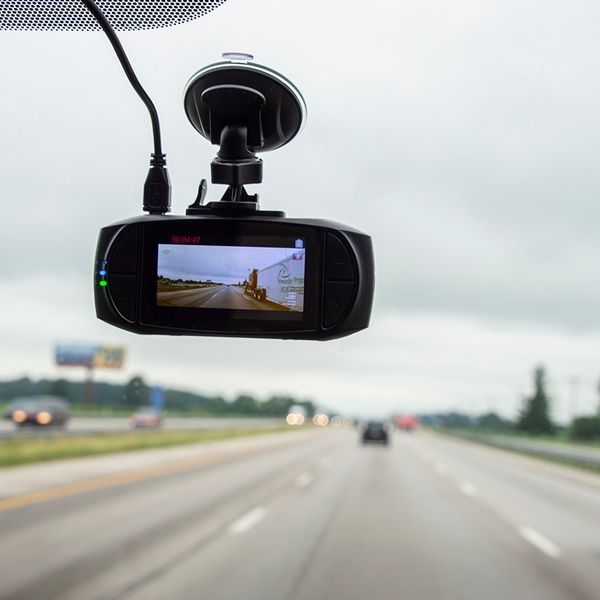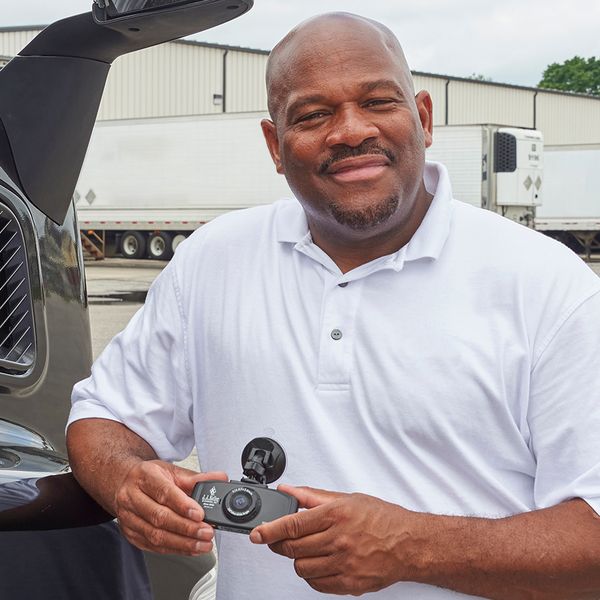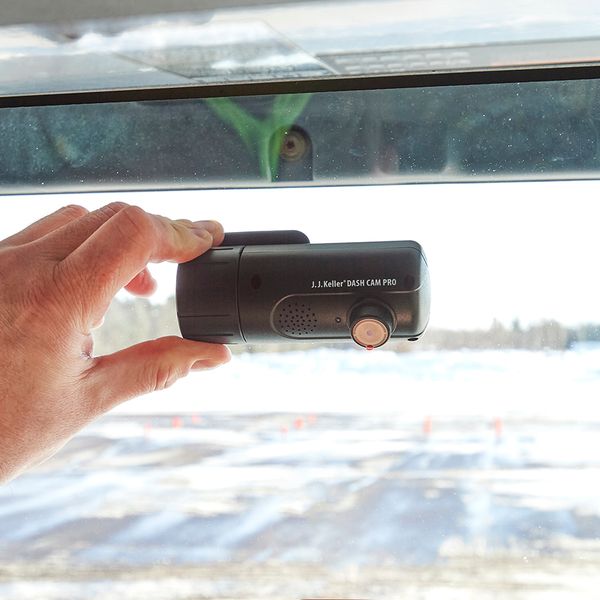4 tips for landing dash cameras in your tractors
Dash cameras are more important than ever for exonerating drivers and protecting carriers from frivolous litigation. Are you on the fence and struggling with the decision to add dash cameras to your fleet?
Consider these four tips before implementing dash cameras to avoid common mistakes.
#1 Always pilot new technology
As fleets adopt innovative technology, they should involve drivers in the decision-making process as soon as possible. The pilot phase should include a variety of drivers in multiple locations to achieve an honest assessment of a system. Fleets often only involve their premier drivers to evaluate a new system, and this can lead to problems because they are less likely to complain and more likely to find their own solutions when problems arise with the device.
A true test will involve your day-to-day drivers that will push back and actively hunt for problems. Pilot phases should be designed to identify problem areas that can be corrected prior to full implementation, so involve a diverse group of drivers to emphasize these issues.
#2 Embrace change management
It should come as no surprise that employee engagement deteriorates when cameras are primarily used as a disciplinary tool. Building trust through transparency minimizes resistance to new technology, so conduct townhall meetings and Q&A sessions with employees to explain why the change is coming and the benefits of the system.
The most effective way to achieve employee acceptance is to share videos of your employees demonstrating safe behavior in a dangerous situation. Dispel misconceptions about dash cameras by highlighting:
- Driver exoneration in accidents,
- Insurance reductions, and
- Improved safety metrics through effective coaching.
Successful coaching programs identify areas that need improving, but they also recognize and reward excellence. The most effective way to achieve employee acceptance is to share videos of your employees demonstrating safe behavior in dangerous situations.
#3 Manage the data
The benefits of onboard cameras have been emphasized for years, but companies struggle to manage large volumes of data. Video technology partners have expert review teams that analyze video according to a standardized set of observations, and they prioritize coaching events based on risk. To effectively change behavior and reduce accidents, safety professionals rely on coaching platforms that rank drivers based on driving habits.
Insurance providers need to see more than just cameras in tractors. Expert review teams remove false positive videos and provide actionable coaching events to safety teams. Ensure that your drivers are being continuously coached because not using available safety data is often more dangerous than not having it at all.
| Click here for additional information about insurance and dash cameras. |
#4 Celebrate drivers
Drivers frequently encounter dangerous situations without ever mentioning it to their peers, but dash cameras allow safety teams to look behind the scenes when an event is triggered. When you observe video of a driver avoiding an accident, publicly acknowledge and thank them for their safety awareness.
When you observe a near-miss video of a driver avoiding a potentially life-threatening accident, consider the following tips to celebrate the driver:
- Share the video with the entire team in a breakroom,
- Mention the driver’s heroic actions in a company newsletter,
- Present a gift card for lunch, and
- Publicly thank the driver in the presence of peers.
Key to remember: Successfully implementing a new camera platform involves transparency, collaboration, and driver engagement to achieve desired results from the system and your drivers.

















































